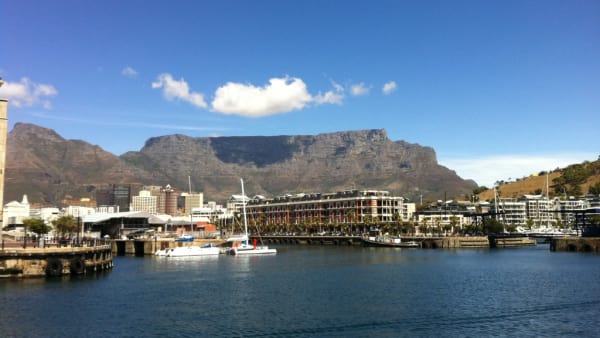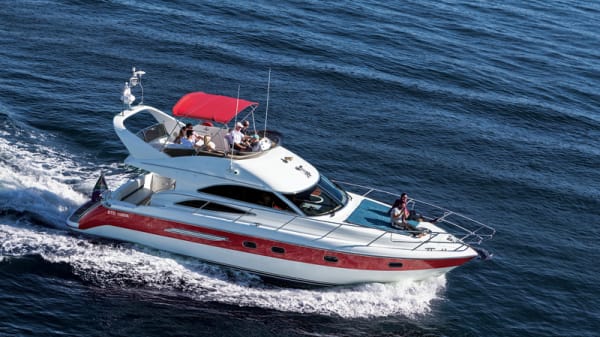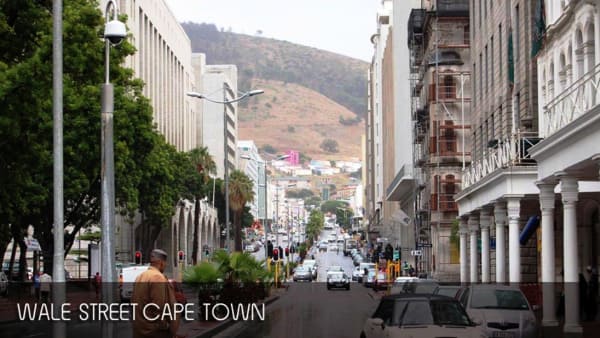Cape Town is probably the most ‘European’ city in South Africa. The city’s style, its architecture, its food and languages are influenced by its past. The Dutch and the English took over and retook control from each other several times, each time leaving their own legacy.
Slaves from Malaysia were bought and sold in Cape Town and they too left their distinct mark on the language, the food and religion. The last fifty years of modernisation has left the Cape Town of today an amazing city to visit.
City life, world-class restaurants and hotels, nightlife. Cape Town is the oldest city in South Africa and the City Bowl area is the oldest part of Cape Town and consequently of great historical Interest.
The City Bowl Region has its share of award-winning restaurants, hotels and coffee shops. There is plenty to do for the young, old or with the whole family.
The Khoikhoi or Khoi, spelled Khoekhoe the first indigenous in the Cape traditionally practised pastoral agriculture. When European immigrants colonised the area, the Khoekhoe had large herds of Nguni cattle and sheep.
The first written mention of the area was by Portuguese explorer Bartholomeu Dias in 1488. Then by Vasco da Gama in 1497 while he was searching for a route that would lead directly from Europe to Asia.
Table Mountain was given its name in 1503 by António de Saldanha, a Portuguese admiral and explorer. He called it Taboa da caba ‘table of the cape’. The name given to the mountain by the Khoi inhabitants was Hoeri 'kwaggo ‘mountain in the sea’.
In 1652 Jan van Riebeeck and other employees of the Dutch East India Company (Vereenigde Oost-Indische Compagnie, VOC) were sent to the Cape to establish a halfway station to provide fresh water, vegetables and meat for passing ships travelling to and from Asia.
They erected shelters and laid out vegetable gardens and orchards, which are preserved in the Company Gardens. The settlers bartered with the native Khoekhoe for their sheep and cattle. Forests of Table Mountain provided timber for ships and houses. The Dutch gave their own names to the native inhabitants they encountered, calling the pastoralists ‘Hottentots’ in imitation of the sound of the Khoekhoen language, those that lived on the coast and subsisted on shellfishing ‘Strandlopers’ and those who were hunter-gatherers were named ‘Bushmen. Today all three are considered derogatory terms.
The first Asian immigrants who were banished to the Cape by the Dutch Batavian High Court started arriving, they helped to form the foundation of the Cape Coloured and Cape Malay populations, and bringing Islam to the Cape.
In 1657 farms were granted by the VOC to a few servants to increase food production.
The first slaves were brought to the Cape from Java and Madagascar to work on those farms.
Border conflicts between Europeans and native inhabitants began in 1658.
The Huguenots, the first non-Dutch immigrants arrived in 1688. The Huguenots had fled from anti-Protestant persecution in Catholic France to the Netherlands, where the VOC offered them free passage to the Cape and farmland. The Huguenots brought the skills for wine production and provided strong cultural roots.
The war in Europe allowed the British to successfully invade the Cape in the Battle of Muizenberg (1795), however, seven years later the Cape was returned to the Dutch via a peace treaty between France and Britain. Later that year the British regained control after defeating Dutch forces at the Battle of Blaauwberg.
The vagrancy and pass laws of 1809 were repealed in 1829. Thus, the Hottentots, in theory, were equal with the Europeans. As in the rest of the British Empire, slaves – estimated to be around 39,000 in number – were emancipated in 1834.
In 1836 one of the most momentous events in South African history, the Great Trek began. About 10,000 Dutch families left for the north in search of new land, opening up the interior of the country.
In 1840 the Cape Town Municipality was formed.
The new diamond industry led to instability, Cecil Rhodes became the Prime Minister which instigated a rapid expansion of British influence into the hinterland. A rise in inter-ethnic tensions was followed by the First and Second Boer Wars ending in 1902.
The first incident of segregation in the city, following an outbreak of bubonic plague which was blamed on the native Africans, the natives were moved to two locations outside the city, one of which was near the docks and the other at Ndabeni just east of the city.
The latter settlement was the start of what would later develop into the townships of the Cape Flats
In 1948, the National Party introduced its policy of racial segregation, later known as apartheid. In 1966 the once-vibrant District Six area was bulldozed and declared a white-only area.
Under apartheid, the Cape was considered a ‘Coloured labour preference area’, to the exclusion of Black Africans. The government tried for decades to remove largely Xhosa squatter camps, such as Crossroads, which were the focal point for black resistance in the Cape area to the policies of apartheid. In the last forced removal, in 1986, an estimated 70,000 people were expelled from their homes.
After his release from prison in 1990, Nelson Mandela made his first public speech from the balcony of the Cape Town City Hall, promising the beginning of a new era for South Africa.
SOURCE REFERENCES
https://en.wikipedia.org/wiki/Khoikhoi
https://en.wikipedia.org/wiki/Cape_Town





